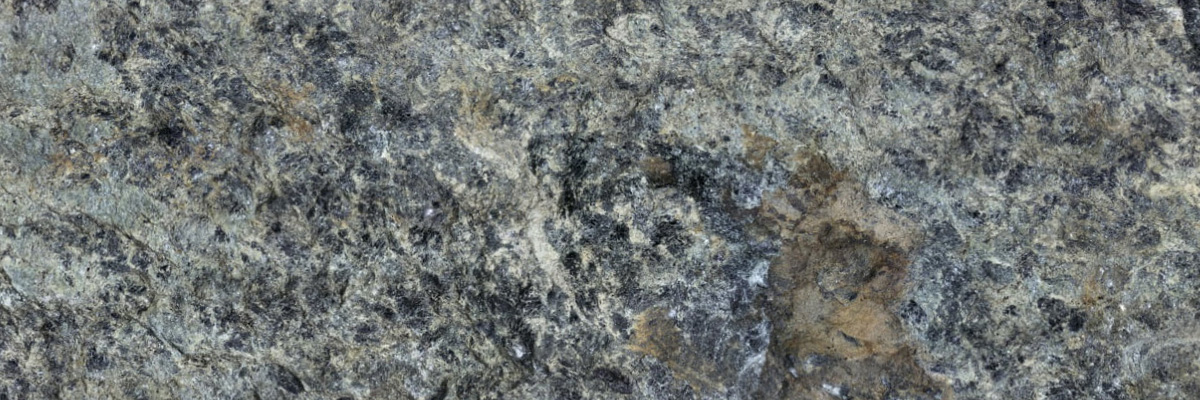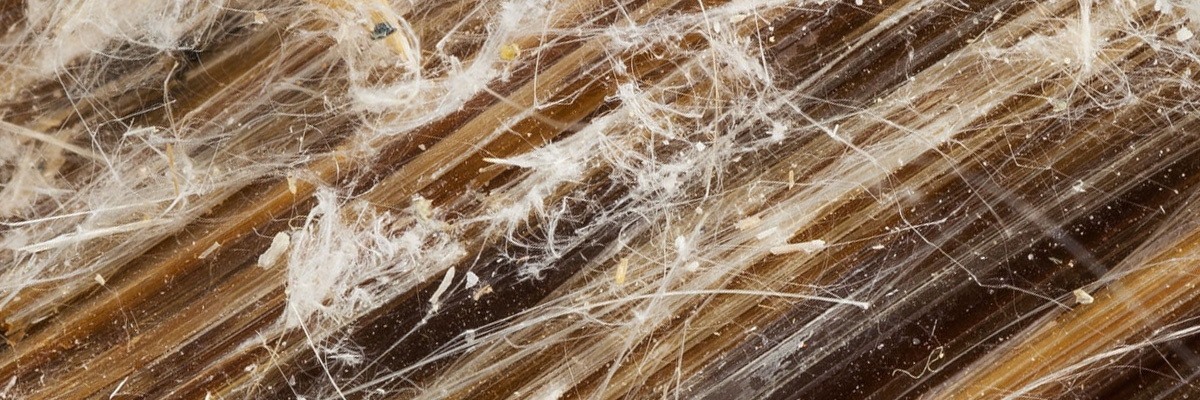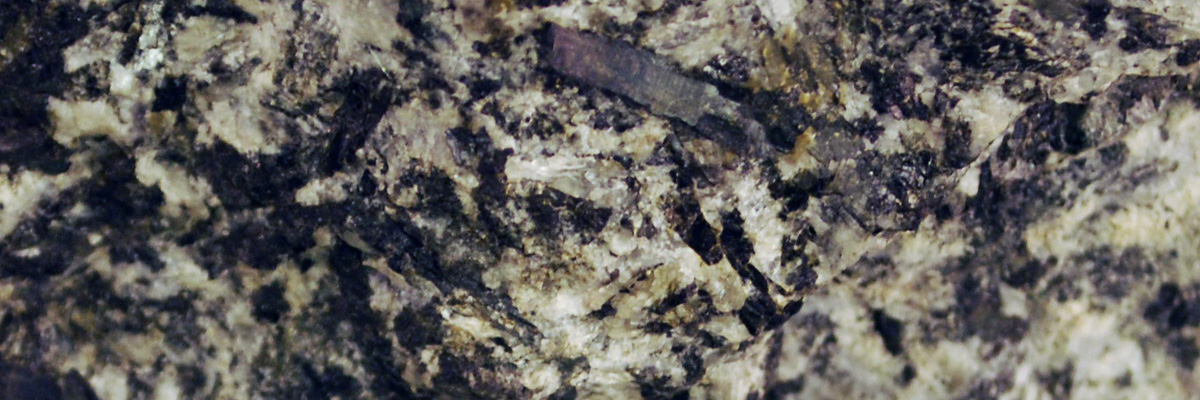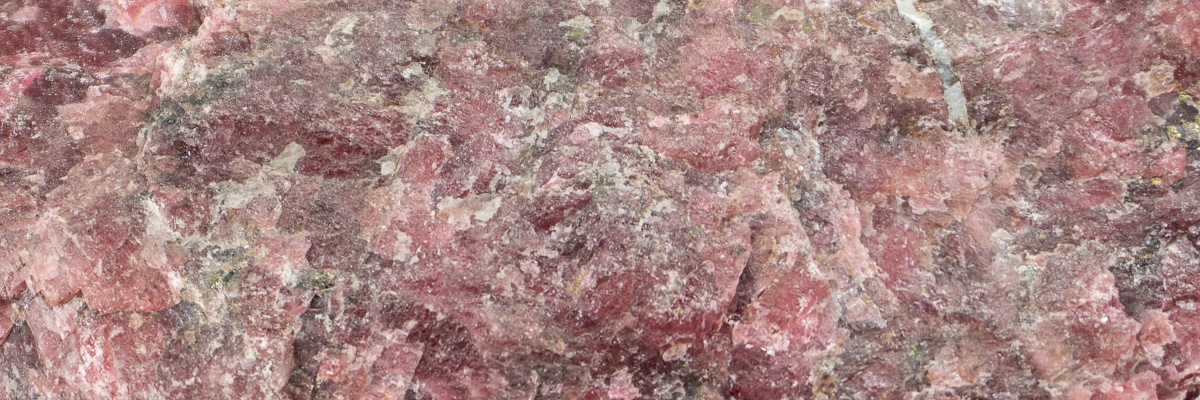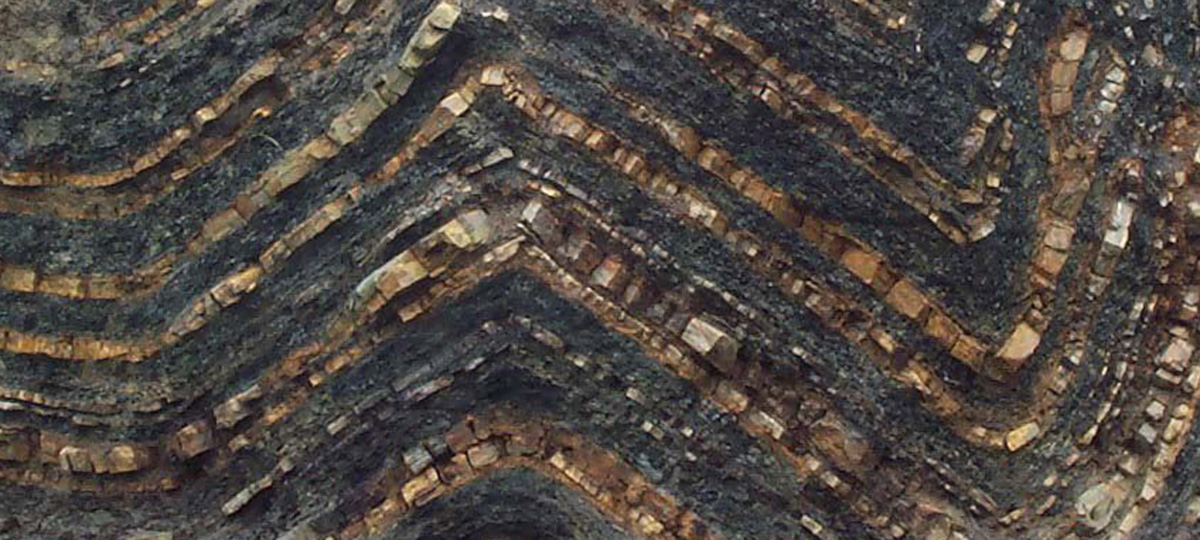Inosilicates, also known as chain silicates, are a captivating group of silicate minerals characterized by the arrangement of silica tetrahedra (SiO4) into continuous single or double chains. These minerals can be found in various geological environments, such as igneous, metamorphic, and sedimentary rocks. Inosilicates are known for their unique crystal structures, diverse range of physical properties, and their importance in various industrial applications, particularly in the asbestos industry and as gemstones.
Formation
Inosilicate minerals primarily form through the cooling and solidification of magma and lava, as well as through metamorphic processes where rocks undergo changes in mineralogy, texture, and composition due to heat, pressure, and the introduction of new chemical elements. They can also form as the end product of weathering processes or through hydrothermal activity, precipitating from aqueous solutions to create mineral deposits.
Types
The inosilicate group includes several notable minerals, such as pyroxenes, amphiboles, and jadeite.
- Pyroxenes:
A group of magnesium-iron aluminum silicate minerals, pyroxenes can be found in igneous rocks, such as basalt and gabbro, and metamorphic rocks like schist and gneiss. Characterized by a prismatic crystal habit, pyroxenes are often black or dark green in color. - Amphiboles:
A group of complex hydrous silicate minerals, amphiboles occur in both igneous and metamorphic rocks. They exhibit a prismatic or needle-like crystal habit and can display various colors, including green, brown, or black. - Jadeite:
A sodium aluminum silicate mineral, jadeite is found in metamorphic rocks formed under high-pressure conditions. It is one of the two minerals (the other being nephrite) that constitute the gemstone jade, which is prized for its green color and exceptional toughness.
Properties
Inosilicate minerals exhibit a diverse range of physical properties, reflecting their distinct structures and compositions. They generally have a Mohs hardness ranging from 5 to 7 and can be transparent, translucent, or opaque. Inosilicates display various colors and can exhibit different crystal habits, such as prismatic, acicular, or massive.
Significance
Inosilicate minerals hold significant importance in various fields. In geology, they provide valuable insights into the geological history of an area, the processes that have occurred, and the formation and evolution of the Earth’s crust.
Inosilicates also have essential commercial and industrial uses. Pyroxenes and amphiboles have been used in the asbestos industry due to their heat resistance and fibrous nature, although the use of asbestos has declined dramatically due to health concerns. Jadeite, as a component of jade, is a highly valued gemstone used in jewelry and ornamental carvings.
Understanding the distribution, properties, and behavior of inosilicate minerals is crucial for managing natural resources, evaluating geological hazards, and mitigating the environmental impacts of their extraction and use. Studying these minerals contributes to our understanding of the complex processes involved in the formation of the Earth’s crust and the diverse metamorphic environments where they occur.
Examples
-
Amphibole
Amphibole is a diverse group of double chain inosilicate minerals belonging to the amphibole subclass, recognized for their elongated, prismatic crystal habits and various colors, …
-
Asbestos
Asbestos is a general term for a group of fibrous silicate minerals belonging to the serpentine and amphibole classes. These minerals are characterized by their …
-
Jadeite
Jadeite is a pyroxene mineral belonging to the inosilicate class, known for its vibrant colors, most notably green, but also found in white, lavender, yellow, …
-
Pigonite
Pigeonite is a clinopyroxene mineral and a member of the pyroxene group. This distinct mineral is characterized by its dark green to black color and …
-
Pyroxene
Pyroxene is a diverse group of inosilicate minerals that belong to the pyroxenoid subclass, characterized by their single chains of silicon-oxygen tetrahedra. Pyroxene minerals exhibit …
-
Rhodonite
Rhodonite is a manganese inosilicate mineral belonging to the pyroxenoid group of minerals. It is characterized by its rose-red to pink color, often accompanied by …

Related Posts
-
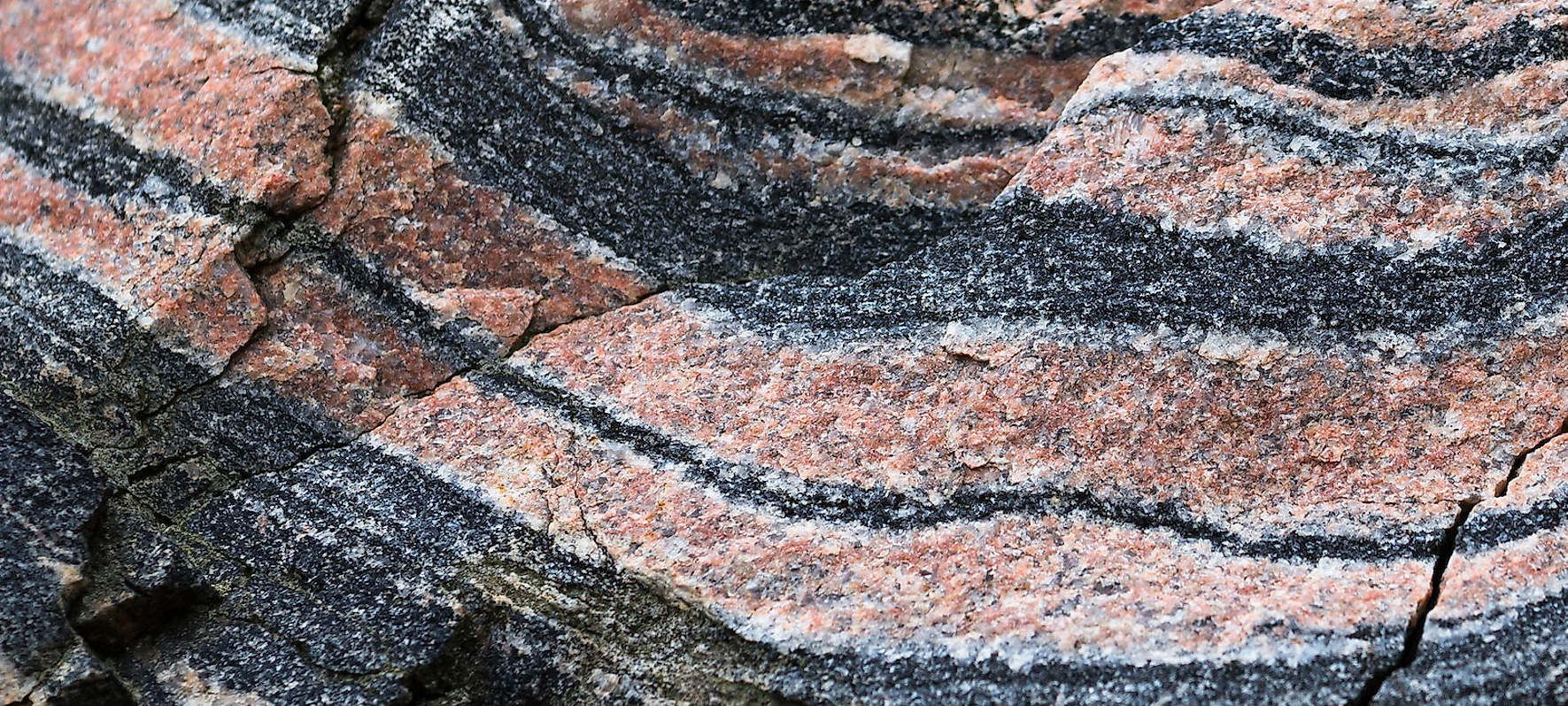
Metamorphic
Metamorphic rocks are a fascinating class of rocks that have undergone transformation due to intense heat, pressure, or mineral exchange deep within the Earth’s crust. …
-
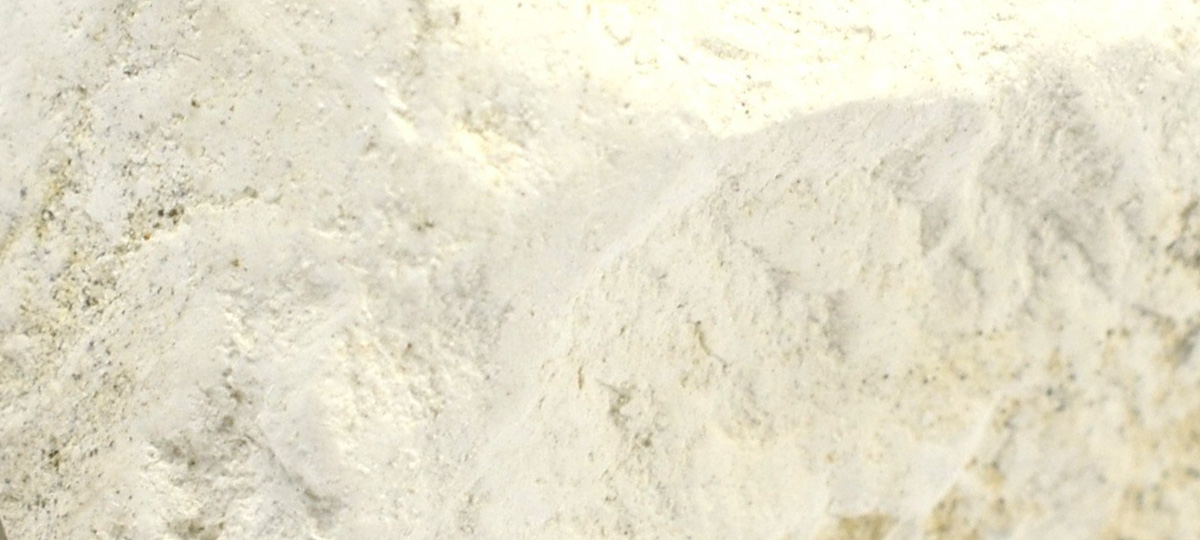
Organic Sedimentary
Organic sedimentary rocks are unique formations derived from the accumulation and preservation of plant and animal remains, providing a window into Earth’s biological history. These …
-

Chemical Sedimentary
Chemical sedimentary rocks are formed from the precipitation of dissolved minerals from water, often due to changing environmental conditions. These captivating rocks offer valuable insights …


